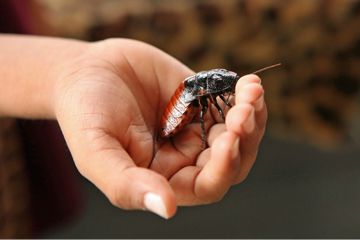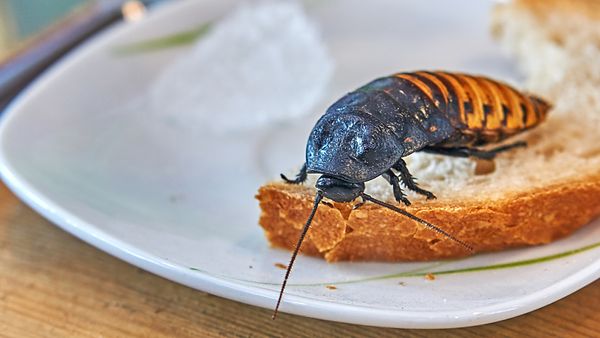Keeping roaches from infesting your home in the first place is much easier than getting rid of them once they have moved in. Fortunately, the same IPM program applies to prevention tactics. The first steps of an IPM are to deprive roaches of access to food, water and shelter and to keep your home clean and dry [source: HealthNote].
Exterior Prevention
To close off access, you need to know how they get in. They can crawl inside your house through the tiniest holes and cracks. To seal your home, be sure you have tight-fitting windows and doors, caulk all cracks or holes in foundations and walls and repair any plumbing leaks [source: Cockroaches].
Interior Prevention
Once you've tackled the outside, work on the inside of your home. They gravitate to kitchens in search of even the smallest bits of food and water. Follow these steps to cut down on the things in your kitchen that entice them:
- Don't leave food out. Store it in tight containers or in the refrigerator.
- Wash dirty dishes, wipe down tables and countertops and sweep floors after every meal.
- Fix any leaky faucets. Small drips of water are enough to keep roaches around [source: Cockroaches].
Finding cockroach eggs or shed skins means you're very close to their nesting place. And as gross as it is to think about, that's likely the kitchen area.
If cleaning and sealing don't solve your problem, use sticky traps to catch roaches and to help you figure out where they're holed up [source: Cockroaches]. You can also try some roach spray, but make sure you leave your windows open after you spray.
How to Prevent Cockroaches in an Apartment
If you live in an apartment, these steps may not be enough. You may have sealed and cleaned everything you can, but if your neighbors have an infestation or if the outside of your building isn't sealed, cockroaches can still find a way in.
This is why apartment dwellers often suffer from cockroaches more than people living in single-family homes. Their IPM approach only works if everyone else is on board with it as well.



